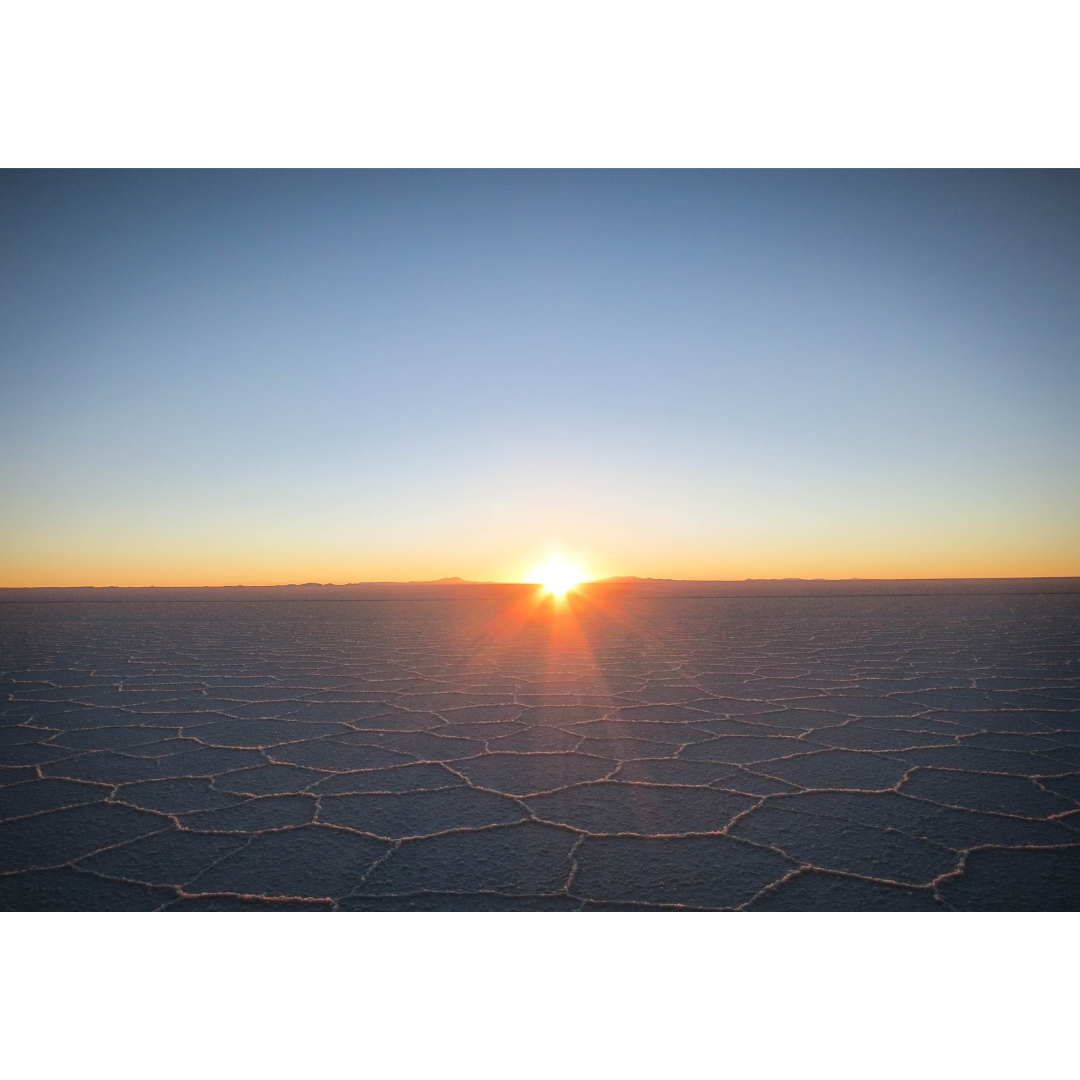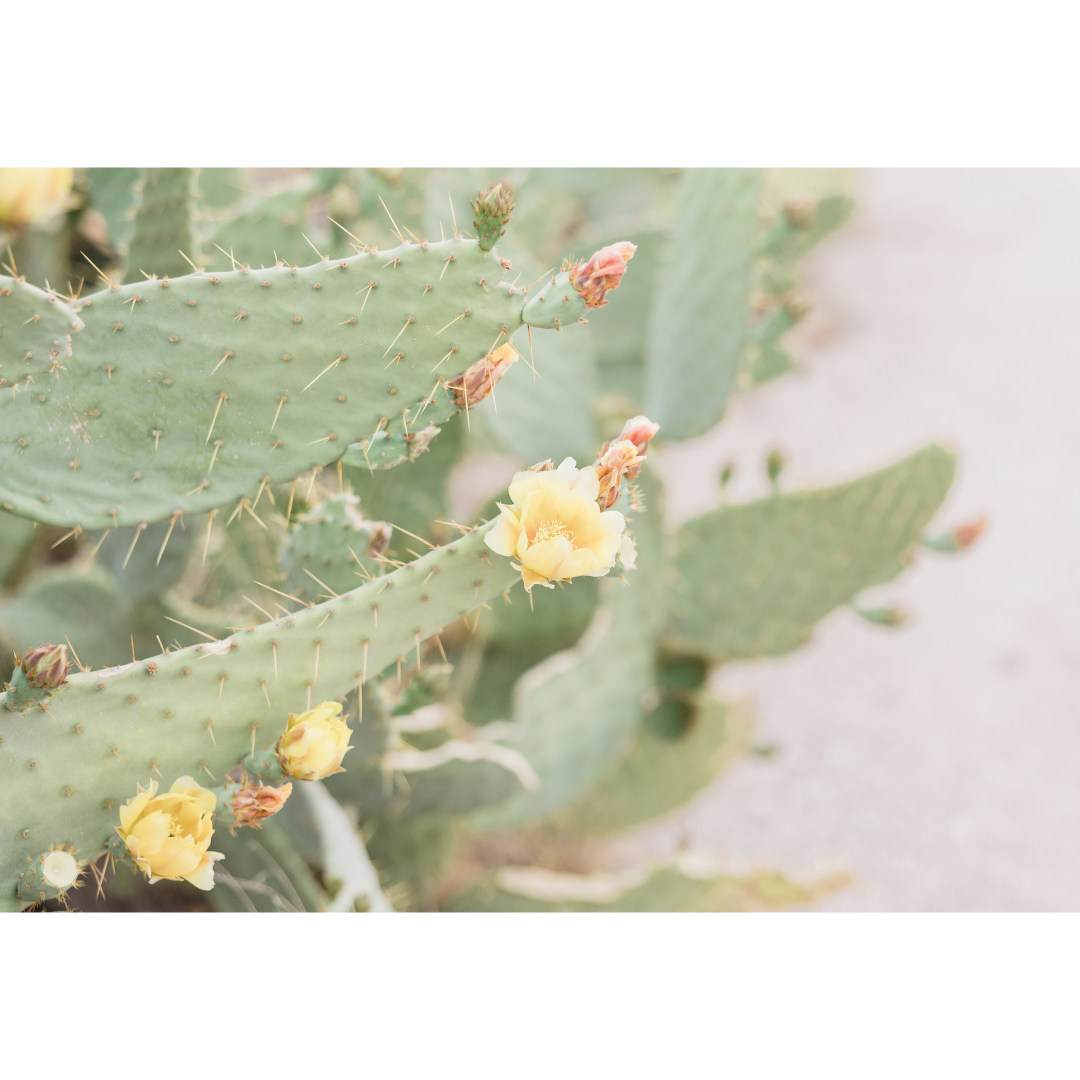active ingredient guide
AHA: Alpha-hydroxycarboxylic acid
AHA stands for alpha-hydroxycarboxylic acids, which belong to the group of substances known as hydroxycarboxylic acids and have a hydroxy group (OH: oxygen and hydrogen) on the first (alpha) carbon atom. Many naturally occurring representatives of this group are so-called fruit acids, which come from plants or mainly from fruits. Examples include: glycolic acid, malic acid, mandelic acid and tartaric acid. Some of these fruit acids are known for their keratolytic and antimicrobial effects. Keratolysis is the detachment and removal of horny cells from the outermost layer of the skin, the stratum corneum . This process is called chemical peeling. "Chemical" because it is not a mechanical detachment of horny cells, as is known from classic peelings with beads, but describes a biochemical reaction of the skin. The mechanical abrasion of conventional peeling can destroy the natural skin barrier, which is why a chemical peeling is preferable.
By stimulating epidermal cell renewal through regular use of AHAs, collagen formation and hyaluronic acid synthesis are promoted.
The use of a chemical peeling not only has benefits for blemishes and acne , but also has a well-aging effect and can help reduce wrinkles.
BHA: Beta-hydroxycarboxylic acid
BHA stands for beta-hydroxycarboxylic acids. They are also hydroxycarboxylic acids , but with one more carbon atom than alpha-hydroxy acids. An important representative for cosmetic science is salicylic acid. Salicylic acid is also very important in medicine with its antipyretic and pain-relieving effects, for example in aspirin.
People with salicylic intolerance are advised not to use a cosmetic product containing salicylic acid.
Salicylic acid works both on the surface of the skin and deeper in the pores , which is why it is often used on comedones (clogged pores; "blackheads") and can thus improve the skin's appearance.
PHA: Polyhydroxycarboxylic acid
PHA stands for polyhydroxycarboxylic acids, which are larger compounds than AHAs and BHAs. They are therefore gentler because they do not penetrate as deeply into the skin and are also suitable for sensitive skin conditions (such as rosacea). PHAs also have anti-oxidative and hydrating effects.
Ectoin: Extremolyte
Ectoine is a chemical compound that occurs naturally and is produced by microorganisms such as bacteria. It belongs to the group of extremophile molecules and plays an important role in the survival of these organisms in extreme environments such as saline, hot or dry regions.
Due to its stabilizing properties, ectoine is used in various skin care products to protect the skin from environmental stressors . Its potential use in medications that could help with inflammatory diseases and allergies is also being investigated.
Ectoine can also be synthesized through biotechnological processes, resulting in sustainable production . These methods have increased interest in ectoine as an environmentally friendly substance.
Overall, the chemical structure and function of ectoine shows how microorganisms in nature can improve their adaptability to extreme living conditions by producing such molecules and makes it a pioneering substance.
Glycoin®: Extremolyte
Glycoin® is a 100% natural, multifunctional well-aging and cell stimulant active ingredient with the INCI name Glyceryl Glucoside. The active ingredient is particularly suitable for mature or stressed skin cells with decreasing cell functions and metabolism, as well as for dry, mature and sagging skin with loss of elasticity and skin thickness.
It consists of the specific stereoisomer , which occurs exclusively as a stress protection molecule in the desert resurrection plant Myrothamnus flabellifolia and the blue-green algae ("Spirulina").
The stress protection molecule Glycoin® enables the fascinating survival and resurrection behavior of the Myrothamnus plant. During desiccation, Glycoin® protects the plant's structures from damage. As soon as water is available again, Glycoin® revitalizes the plant by stimulating and stimulating its cell functions.
Allantoin
Allantoin is a urea derivative that occurs naturally in plants such as comfrey root, salsify and horse chestnut and has soothing, moisturising and regenerating properties.
It promotes cell renewal , supports the healing of skin lesions , binds moisture and strengthens the skin barrier . Due to these properties, it is widely used in the cosmetic and skin care industry, especially in products for sensitive or irritated skin.
Hyaluronic acid
Hyaluronic acid is a glycosaminoglycan , a clear, gel-like substance that occurs naturally in the human body. It consists of repeating units of glucuronic acid and N-acetylglucosamine.
The outstanding moisturizing properties make hyaluronic acid an integral part of the cosmetics industry. Its ability to bind water improves skin moisture, elasticity and suppleness. Hyaluronic acid is used in various products such as serums, creams and masks, especially for intensive moisturizing.
Its good tolerability is noteworthy, but a skin care expert should be consulted in case of skin irritations. is a glycosaminoglycan , a clear, gel-like substance that occurs naturally in the human body. It consists of repeating units of glucuronic acid and N-acetylglucosamine.
The outstanding moisturizing properties make hyaluronic acid an integral part of the cosmetics industry. Its ability to bind water improves skin moisture, elasticity and suppleness. Hyaluronic acid is used in various products such as serums, creams and masks, especially for intensive moisturizing.
It is worth noting that it is well tolerated, but if skin irritation occurs, a skin care expert should be consulted.
Vitamin C & Derivatives
Vitamin C, also known as ascorbic acid , is an essential water-soluble vitamin with numerous health benefits. It acts as an antioxidant , protecting cells from damaging free radicals, and contributes to collagen production , which promotes skin health.
Vitamin C derivatives are also used in skin care, such as ascorbyl glucoside and sodium ascorbyl phosphate. These more stable forms of vitamin C offer similar benefits to pure vitamin C, are often longer lasting and less susceptible to oxidation and can sometimes be used in lower concentrations. However, many derivatives are not as well researched and are sometimes not as potent as pure ascorbic acid.
Vitamin C and its derivatives are important ingredients in skin care that have antioxidant properties, promote collagen production and help support an even skin tone.
Examples of other derivatives:
L-ascorbic acid
Ascorbyl glucoside
Ascorbyl palmitate
Magnesium ascorbyl phosphate
Sodium ascorbyl phosphate
Panthenol
Panthenol is known for its soothing and moisturizing properties. It is a precursor to vitamin B5 and is often used to support skin regeneration . Panthenol has anti-inflammatory properties, soothes irritation and supports the skin barrier , making it particularly suitable for sensitive or irritated skin.
Zinc PCA
Zinc PCA is a compound of zinc and the amino acid pyrrolidonecarboxylic acid. In skin care, it is used for its sebum-regulating and antibacterial properties. It helps control excess oil and inhibits the growth of acne-causing bacteria . Zinc PCA can also help mattify the skin and reduce shine, making it particularly suitable for oily and acne-prone skin.


